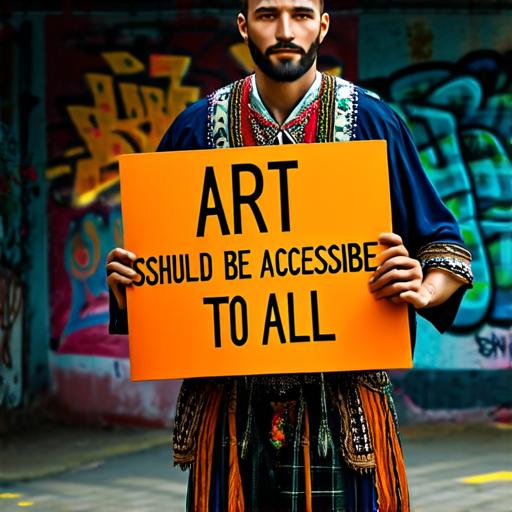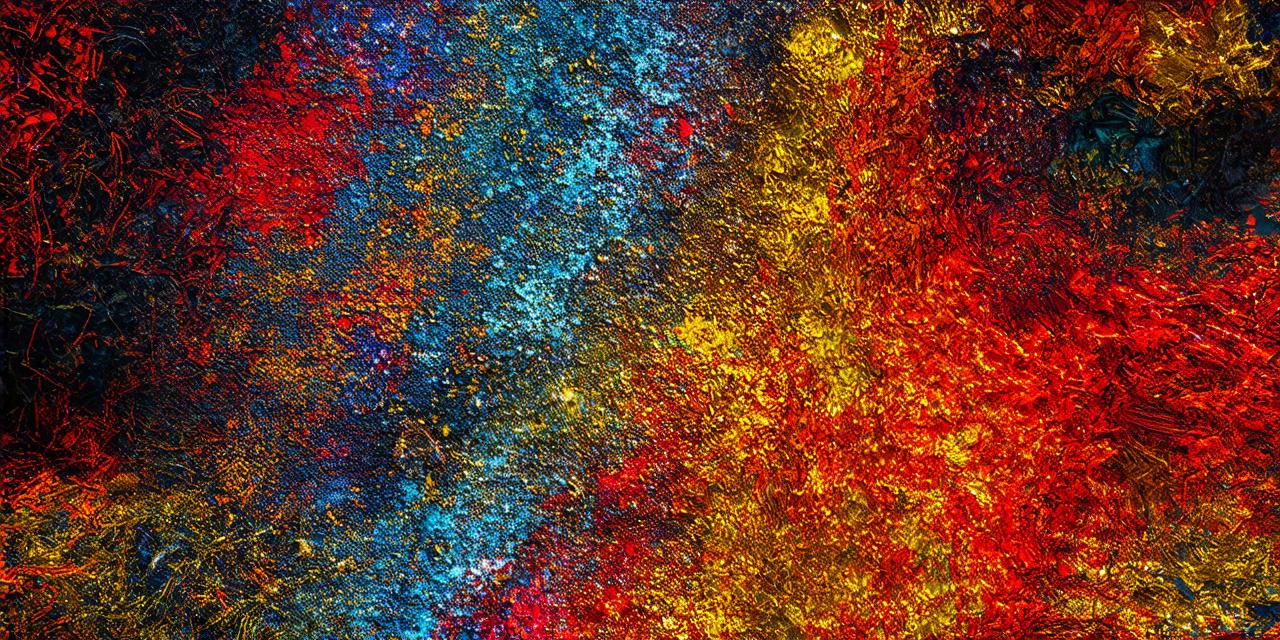Non-Fungible Tokens (NFTs) have been gaining popularity in recent years, especially in the art world. These unique digital assets represent ownership of unique items such as artwork, collectibles, and more.

The Problem with Ownership
One of the main reasons why many artists are against NFTs is because they struggle with ownership. With NFTs, ownership is transferred through a digital token that represents ownership of a unique asset. This can be problematic for artists who may not fully understand how NFTs work or who may have concerns about the transfer of ownership.
For example, imagine an artist creates a piece of art and sells it as an NFT. The buyer then sells the NFT to someone else without the artist’s knowledge or consent. This raises questions about who truly owns the artwork and whether the artist should be compensated for its use.
The Risks of Tokenization
Another reason why many artists are against NFTs is because they fear that tokenizing their work could diminish its value. Tokenization involves breaking down an item into smaller pieces, which can then be bought and sold as individual units. This can lead to a decrease in the overall value of the item.
For example, consider a musician who releases an album as an NFT. If the NFTs are broken down into individual tracks, the value of the album as a whole may decrease. This could make it less attractive to buyers and collectors, ultimately leading to a decrease in the musician’s income.
The Lack of Regulation
The lack of regulation around NFTs is another reason why many artists are against them. There is currently no standard for how NFTs should be created, bought, or sold. This can lead to confusion and uncertainty for both buyers and sellers.
For example, imagine an artist creates an NFT and sells it to a buyer. However, the buyer later discovers that the NFT was created using illegal methods. This could result in legal consequences for both the artist and the buyer, leading to a loss of trust in the NFT market.
The Environmental Impact
Finally, the environmental impact of NFTs is another reason why many artists are against them. The creation and storage of NFTs requires a significant amount of energy and resources, which can have negative consequences for the environment.
For example, consider an artist who creates an NFT using a lot of computational power. This could result in a large carbon footprint, contributing to climate change. This raises questions about whether artists should be encouraged to create NFTs, or whether there are better ways to monetize their work that have a lower environmental impact.
Case Study: Beeple’s “Everydays” NFT Auction
In 2021, artist Mike Winkelmann, also known as Beeple, sold an NFT representing his artwork “Everydays” for $69 million. This was the highest price ever paid for an NFT and highlighted the potential value of this new technology. However, it also raised questions about the ethics of using NFTs to monetize art and whether there are better ways to support artists.
The Future of NFTs in Art
Despite the concerns raised by some artists, NFTs are here to stay. They offer a new way for artists to monetize their work and connect with fans in unique ways. However, it is important for artists to be aware of the potential risks and challenges associated with this technology.
